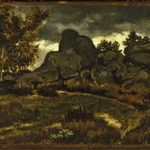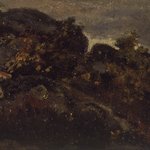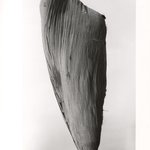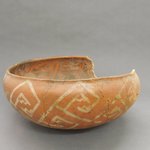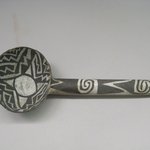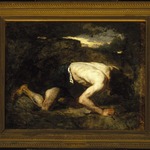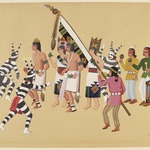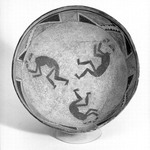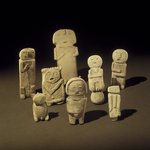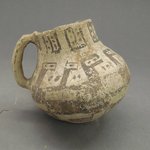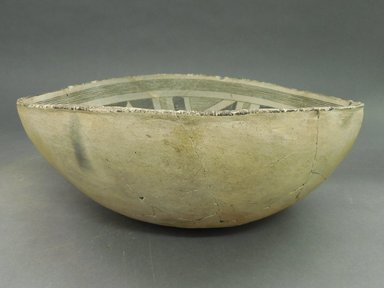

Mimbres. Bowl, 550–1150 C.E. Clay, pigment, 4 3/4 x 11 3/4 x 10 1/2 in. (12.1 x 29.8 x 26.7 cm). Brooklyn Museum, By exchange, 73.35.2. Creative Commons-BY (Photo: Brooklyn Museum, CUR.73.35.2_view1.jpg)
Bowl
Arts of the Americas
All that remains of Mimbres villages are rubble mounds with scattered pottery shards. No one knows if the Mimbres moved or who their descendants might be. Mimbres potters, probably women, created sophisticated designs for six hundred years. The pottery objects that have survived are primarily executed in black and white with complicated designs. Some of the best pottery pieces apparently had holes deliberately punched into their centers before they were placed in burials underneath house floors, but we do not know why.
CULTURE
Mimbres
MEDIUM
Clay, pigment
DATES
550–1150 C.E.
DIMENSIONS
4 3/4 x 11 3/4 x 10 1/2 in. (12.1 x 29.8 x 26.7 cm) (show scale)



COLLECTIONS
Arts of the Americas
ACCESSION NUMBER
73.35.2
CREDIT LINE
By exchange
CATALOGUE DESCRIPTION
Bowl with white exterior and black on white interior design consists of a central figure of a man with a mountain goat or a longhorn sheep on his back. A quadrilateral design of angular solid and striped figures surrounds the figures and a band of thin horizontal lines encircles the rim. The bowl has been ritually "killed" which is indicated by a hole in the center of the bowl. There is black writing on the side that says, "13254."
Condition: Previously reconstructed.
EXHIBITIONS
MUSEUM LOCATION
This item is not on view
CAPTION
Mimbres. Bowl, 550–1150 C.E. Clay, pigment, 4 3/4 x 11 3/4 x 10 1/2 in. (12.1 x 29.8 x 26.7 cm). Brooklyn Museum, By exchange, 73.35.2. Creative Commons-BY (Photo: Brooklyn Museum, CUR.73.35.2_view1.jpg)
IMAGE
overall, CUR.73.35.2_view1.jpg. Brooklyn Museum photograph, 2014
"CUR" at the beginning of an image file name means that the image was created by a curatorial staff member. These study images may be digital point-and-shoot photographs, when we don\'t yet have high-quality studio photography, or they may be scans of older negatives, slides, or photographic prints, providing historical documentation of the object.
RIGHTS STATEMENT
Creative Commons-BY
You may download and use Brooklyn Museum images of this three-dimensional work in accordance with a Creative Commons license. Fair use, as understood under the United States Copyright Act, may also apply.
Please include caption information from this page and credit the Brooklyn Museum. If you need a high resolution file, please fill out our online application form (charges apply).
For further information about copyright, we recommend resources at the United States Library of Congress, Cornell University, Copyright and Cultural Institutions: Guidelines for U.S. Libraries, Archives, and Museums, and Copyright Watch.
For more information about the Museum's rights project, including how rights types are assigned, please see our blog posts on copyright.
If you have any information regarding this work and rights to it, please contact copyright@brooklynmuseum.org.
RECORD COMPLETENESS
Not every record you will find here is complete. More information is available for some works than for others, and some entries have been updated more recently. Records are frequently reviewed and revised, and we welcome any additional information you might have.
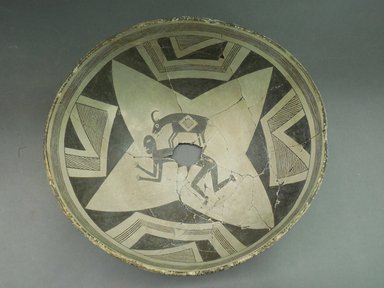
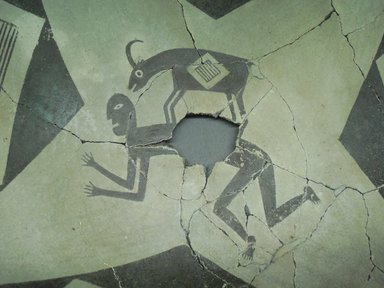



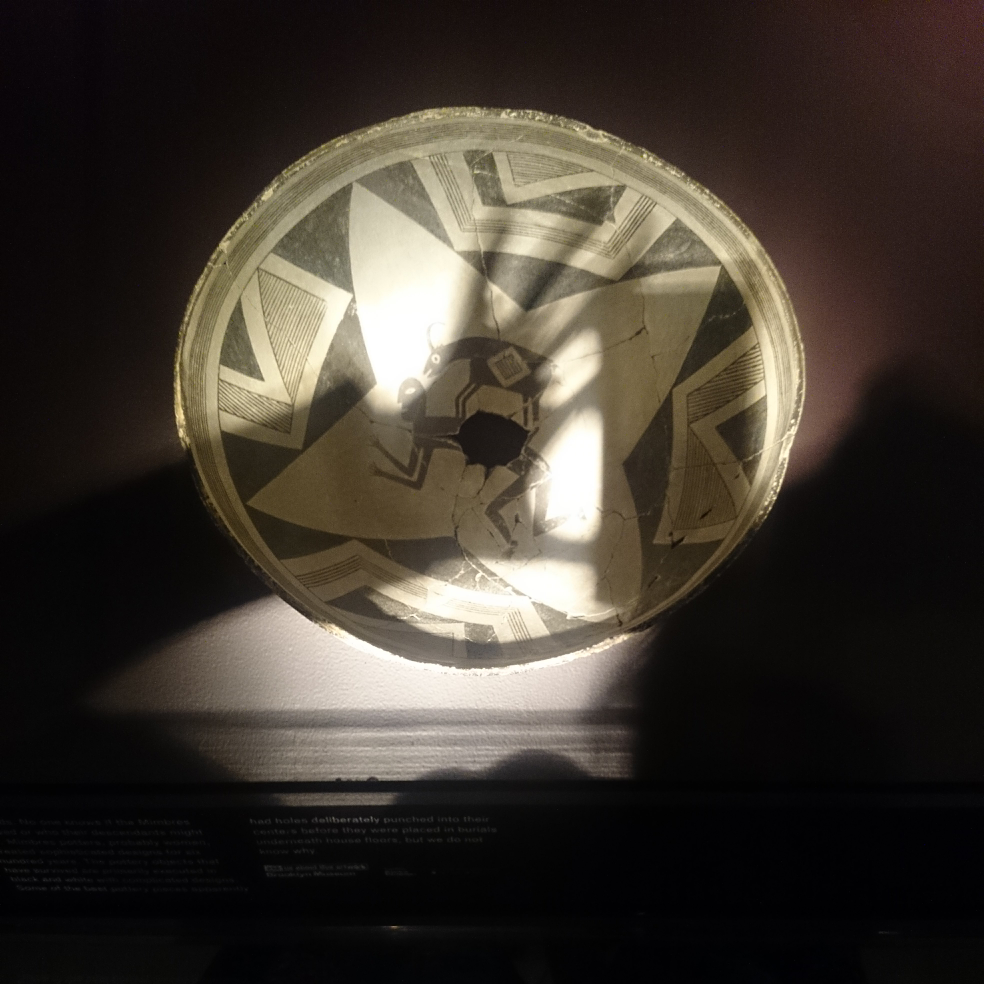
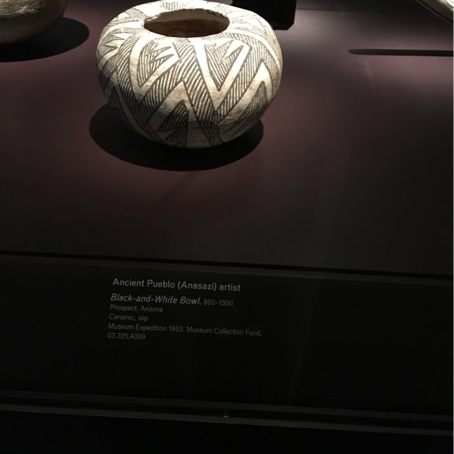
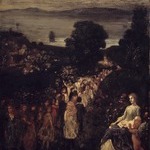

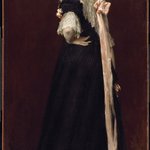
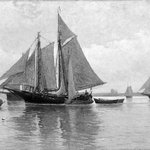
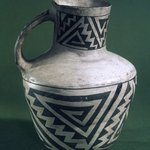


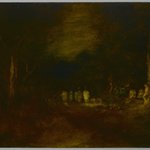
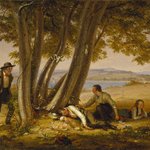
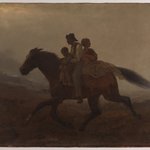
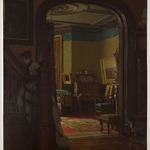

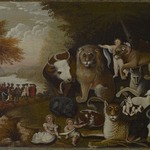
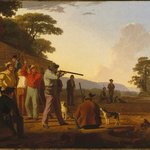
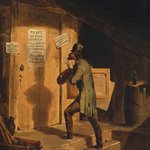
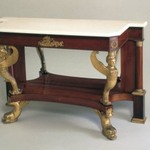
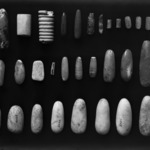
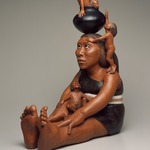
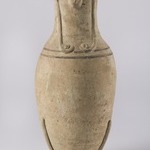
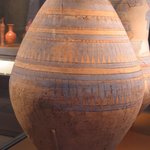

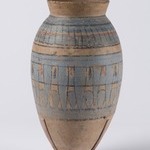
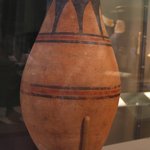
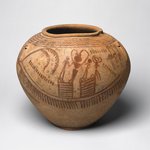
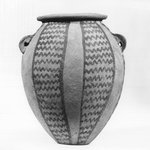
![Portrait of Mlle Fiocre in the Ballet "La Source" (Portrait de Mlle...E[ugénie] F[iocre]: à propos du ballet "La Source")](https://d1lfxha3ugu3d4.cloudfront.net/images/opencollection/objects/size2_sq/21.111_PS11.jpg)
